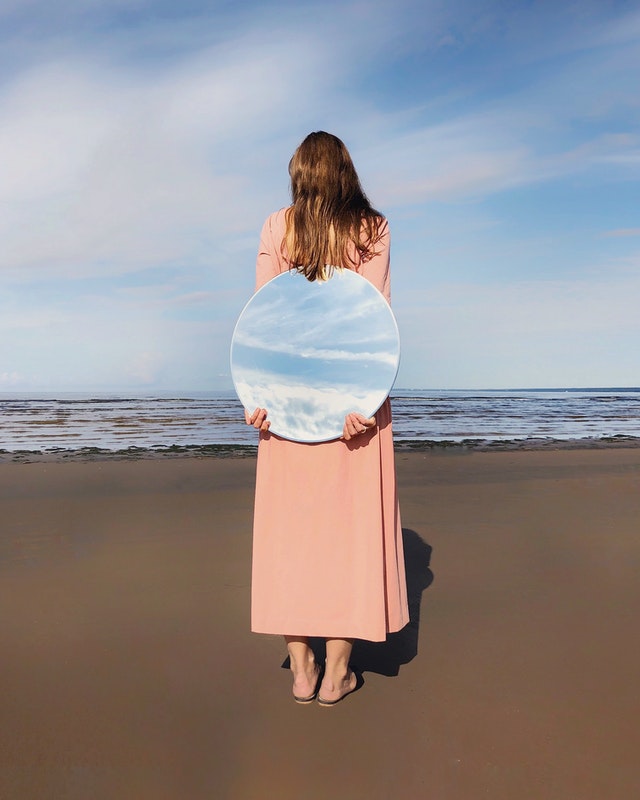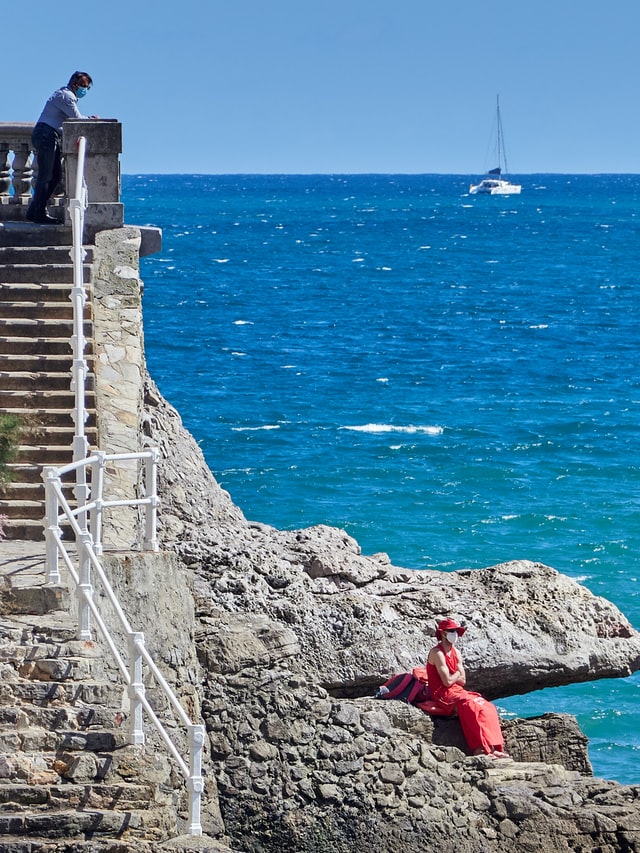Thinking of taking advantage of March to enjoy the beach and going to the beach? Much has been said about rules, preventions, and recommendations while the coronavirus pandemic lasts.
and today, in our blog, we want to give you a summary of what you should do for a trip to the beach, what are the official recommendations, and what has been done in the sandbanks from the municipalities to guarantee sanitary security.
Contents
How are the beaches now?
Each Community has made its own decisions to ensure safety. Health authorities ask for three simple things:
. Prudence.
. Social distance.
. Hygiene.

It does not seem difficult to follow these recommendations if the aim is to preserve our health. However, the Association for Environmental and Consumer Education (ADEAC) has recommended a series of steps to make beaches safe. ADEAC is also in charge of awarding blue flags to those beaches that meet minimum requirements, so its advice should be put into practice throughout the coast. Probably, when you visit our shores or any beach in the rest of Spain, you will find one of these measures:
Pre-established social distance: Either with previously established separations or, directly, making use of common sense, it is found that the separation between people or groups of people is about four meters; since, in the case of the beach, unlike what can happen on a terrace, two meters are insufficient due to the force of the wind.
Beaches with capacity: It is a new reality that we face—beaches with the capacity to guarantee social distance and established bathing plots. Prevention is the best way to fight the coronavirus.
Toilets and showers: The toilets can be used to meet minimum standards, such as continuous cleaning or availability of hydro alcoholic gel. ADEAC has recommended removing showers on beaches. If the beach you visit has not done so, you can decide to shower at home yourself. The less contact there is between elements of everyday use, the less probability of contagion.
Lifeguards and means of rescue: A lifeguard will not let someone drown in water, but ADEAC recommends that they eliminate mouth-to-mouth from the protocol and use a resuscitation balloon. All those means (floats, boats, etc.) must be disinfected at the beginning and the end of each day.
And you, what can you do to be safe on the beach?
Enjoying a safe summer is possible by following a series of basic recommendations. In the case of the beach, it happens to have a little common sense and:
. Avoid the most congested areas. You don’t have to be in the same place as everyone else.
. Use the mask at all times (on the beach, it is also mandatory).
. Maintain social distance. Not just on the towel. Also, when you walk along the shore or when you bathe.
. Team sports should not be practiced. And less with people who are not from your group or environment. In the same case, using a mask may allow you to carry out certain activities and meet new people; but with caution.
. Do not touch the urban furniture. Or not to do so as much as possible, do not feel the trash if you are going to throw something away or collect your waste in a bag and throw it away in your own home, as with fountains, showers, etc.
As you can see, enjoying the beach is not at odds with following a series of rules. Remember, it is not a matter of imposing things on us; it can carry out the activities we liked so much until now with a bit of sense of thermal treatments and massages. Happy summer!

